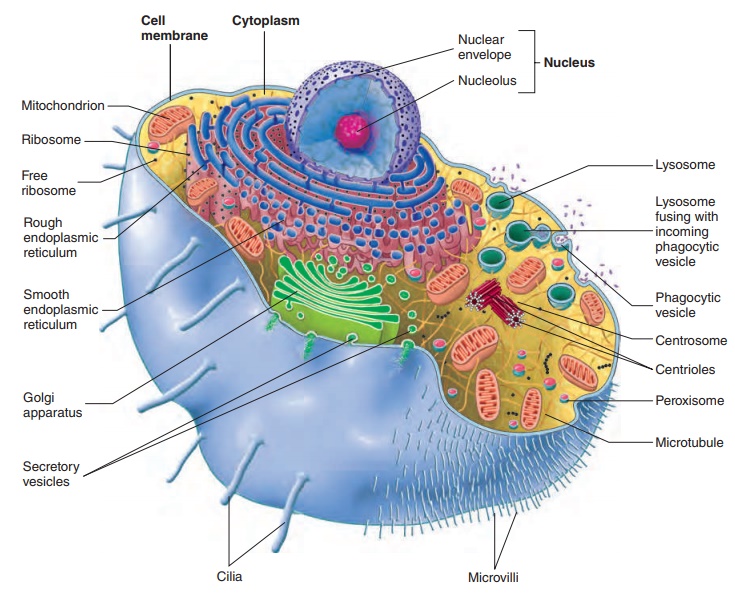A new study from Yale University published on January 30 in the journal Cell offers a deeper understanding of the genetic changes that played a crucial role in the evolution of the human brain. The research sheds light on how certain genetic switches, known as Human Accelerated Regions (HARs), contributed to the distinct features of the human brain when compared to our closest living relative, the chimpanzee.
HARs are a class of genetic switches that regulate the timing, location, and level of gene expression throughout evolution. Previous studies had suggested that these regions might influence different genes in humans than in chimpanzees. However, this new research challenges that theory, showing that HARs actually regulate the expression of genes that are shared between the two species. The study also reveals that these genetic switches fine-tune the expression of genes that play key roles in neuron development, neural communication, and brain function.
The research, led by James Noonan, the Albert E. Kent Professor of Genetics at the Yale School of Medicine, and published in Cell, presents a significant advancement in our understanding of human evolution. The findings suggest that the evolutionary divergence between humans and chimpanzees is not a matter of inventing entirely new genetic pathways. Instead, it is largely a matter of modifying existing genetic programs to produce different levels of gene expression, leading to changes in brain size and complexity.
Tracking Gene Expression with Advanced Techniques
A key challenge in understanding HARs lies in pinpointing which genes they control and how they interact with one another. Previous research had established the number of HARs in the human genome, but there was little knowledge about which specific genes they influenced. Earlier studies had identified gene targets for only about 7 to 21% of HARs, but they were limited by imprecise methods and incomplete data. Researchers could only make rough estimates of which genes might be affected, and often, the genes they identified were only loosely linked to HARs.
In this groundbreaking study, Noonan’s team employed advanced techniques, including three-dimensional genome mapping and neural stem cell analysis, to track how HARs interact with genes in both human and chimpanzee neural stem cells. These sophisticated methods allowed the researchers to identify the gene targets for almost 90% of all HARs, a dramatic improvement over previous studies.
The Evolutionary Role of HARs
The study confirmed that HARs regulate the same genes in both humans and chimpanzees, particularly those involved in brain development. However, the new findings revealed that HARs adjust the expression levels of these genes in humans differently from chimpanzees, suggesting that these changes in expression were key to the evolution of the human brain.
One of the most significant insights from the study is that HARs influence how neurons are born, how they develop, and how they communicate. These processes are vital to the formation of the human brain and its unique characteristics, such as increased brain size, greater neuron complexity, and enhanced cognitive abilities. The findings point to a process where modifications in gene expression rather than entirely new genetic pathways led to the neurological traits that distinguish humans from chimpanzees.
Implications for Brain Disorders
Not only do the study’s findings contribute to a better understanding of the evolution of the human brain, but they also have important implications for neurological research. Many of the genes regulated by HARs are actively involved in the developing human brain, and some are associated with neurodevelopmental and neuropsychiatric disorders, such as autism and schizophrenia. This raises the possibility that HARs may not only have shaped normal brain function but may also play a role in the development of certain neurological conditions.
Interestingly, the study revealed that the gene targets regulated by HARs are expressed in specific cell types in the developing brain. Some of these cell types may have been particularly important in contributing to the increased size and complexity of the human brain, suggesting a connection between HAR regulation and the evolutionary expansion of the human brain.
A New Era in Evolutionary Biology
According to Atreyo Pal, a graduate student in genetics at Yale and the first author of the study, the identification of nearly all HAR gene targets marks a major milestone in understanding human evolution. “Having a more complete picture now opens up a vast new landscape of things scientists can do,” Pal said. The three-dimensional genome mapping technique used in this study provides researchers with a powerful tool to further explore how HARs influence gene regulation in the human brain and how these changes may have contributed to the emergence of human-specific traits.
James Noonan emphasized that the study’s findings also provide a clearer view of how HARs have contributed to the evolution of brain function. “Before, we didn’t know what many of the genes that HARs controlled were or what their biological functions were. We didn’t have the full picture. Now, this opens up many new avenues for us to understand how HARs contributed to the evolution of the brain,” Noonan said.
This research marks a turning point in the study of human evolution, offering a more comprehensive understanding of the genetic factors that shaped our distinct brain features. The HARs are now recognized as crucial elements in understanding how evolution modified existing genetic pathways to create the cognitive and neurological advances that set humans apart from other species.
Looking Forward: The Future of HAR Research
As the study reveals, the role of HARs in regulating brain development is far from fully understood. The next steps in this line of research will likely focus on investigating how these gene targets contribute to more specific aspects of human brain function, such as memory, learning, and cognitive abilities. Moreover, researchers will need to explore how changes in HAR regulation might have influenced evolutionary processes beyond just the human brain, potentially affecting other aspects of human development.
The discovery also raises important questions about the role of HARs in the development of neurological diseases. A deeper understanding of these genetic switches could lead to new insights into neurodevelopmental disorders, providing potential targets for therapeutic interventions.
In sum, this Yale study represents a breakthrough in the study of human evolution, offering new insights into the genetic changes that shaped our unique brain. By providing a more detailed picture of how HARs regulate brain development, the study paves the way for future research into both the evolutionary history of our species and the genetic basis of brain-related disorders.
Reference: Atreyo Pal et al, Resolving the three-dimensional interactome of human accelerated regions during human and chimpanzee neurodevelopment, Cell (2025). DOI: 10.1016/j.cell.2025.01.007






